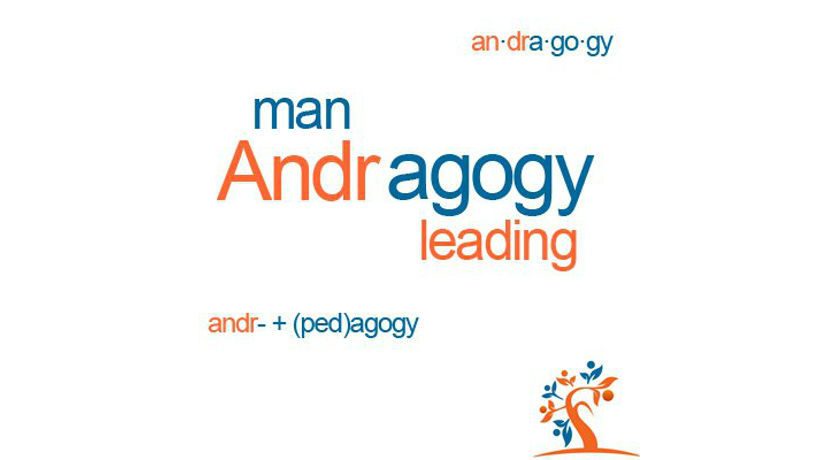As an eLearning professional, your job is not to just to provide your learners with the information they will need to pass your eLearning course quiz or meet the learning requirements mentioned on the eLearning course objectives. Instead, your responsibility is to ensure that learners acquire and retain the knowledge and skills they will need in the real world.Rather than learners simply learning the information that is being offered within an eLearning course, it's essential that they understand how that information can be applied in the real world. For example, if a learner is taught the basics of software design, he/she may know about the theory behind the curriculum, but is he/she really able to put it to good use while on-the-job?
Design and Implement eLearning courses that allow learners to transition knowledge from theory to practice.
The following e-Learning tips will enable you to design and implement eLearning courses, which can allow learners to transition knowledge from theory into real world practice.
- Encourage learners to learn the materials in real world contexts.
Allow your learners to engage in real world learning by designing eLearning courses that allow them to see how they can use the knowledge outside of the eLearning setting. By doing this, you enable learners to become aware of why the skills or information is essential, and give them the opportunity to learn the material in such a way that they can utilize it in their real life. You must create eLearning courses that can be applied in different naturally occurring scenarios that the learner may encounter. - Ask learners to create goals to foster motivation.
Before you even begin your instruction, the learners should be made well aware of what they will be learning and what core skills are going to be developed. This will enable them to stay motivated, given that they know exactly how they will benefit from the eLearning course material and what they will achieve if they master the skills being presented. By asking them to create their own goals, you are allowing them to play an active role in their own learning experience. - Empower learners to assess and analyze their personal progress.
By empowering learners on how to effectively assess their own progress and analyze their own core strengths and weaknesses, you give them the power to take charge of their learning. Rather than simply giving them progress reports or the occasional exam grade, they are able to monitor what they are learning and how they are learning it based upon their own assessments. - Use a wide variety of eLearning management strategies and learning tools.
Using a number of eLearning management strategies and tools to get the point across during your instruction will give each learner the chance to acquire information in a real world context. For example, if you are teaching a learner how to carry out a POS transaction, you will not only want to use video presentations and worksheets to teach him/her the theory behind the practice, but walk him/her through a real-life transaction. - Build connections between obscure concepts and reality-based scenarios.
Many eLearning courses involve concepts which may be more obscure and aren't often associated with real world applications. However, in order to effectively transfer knowledge, you will need to find a way to build connections between abstract concepts or complex theories and reality-based scenarios. This will enable learners to get a firm grasp of the subject and be able to actually apply it in their natural environments.Design the Best Learning Experience for your Learners with the Most Engaging Branching Scenarios!Discover, choose and compare the top eLearning Authoring Tools with Branching Scenarios Functionality! - Divide the eLearning courses into smaller, more digestible lessons.
When information overload occurs, it's safe to say that a vast majority of learners don't absorb the desired amount of information. They may learn enough to pass a test or to successfully answer the questions at the end of the eLearning course, but aren't retaining the information or finding out how to use in real life. That's why you'll want to break down your subject matter into smaller, more digestible eLearning lessons. This will allow your learners to absorb the information being presented and use it at later date when it's truly needed. - Encourage collaborative learning.
Encourage your learners to work together to solve problems and engage in lively debates. This will offer them the chance to learn from one another and benefit from the skill sets of those around them. Collaborative learning will also provide them with an opportunity to tap into their current knowledge base and build upon it for later use. - Don't always identify skill sets that must be used to solve a problem.
In certain instances, it may be more beneficial to simply let the learner figure out what skills and what theories must be applied to a particular task. Allow them to identify which key pieces of data they have learned will need to be accessed in order to solve a problem or arrive at a conclusion. This closely mimics how things are done in the real world, and enables them to assimilate the information more effectively. - Remember that practice makes perfect!
Skills that are routinely used in real life often have to be practiced extensively before they become habits. So, be sure to include plenty of practice into your eLearning course, especially if you are trying to foster a specific skill set. You know what they say: “practice makes perfect”. Therefore, repetition is sometimes needed for the learners to completely absorb the theory so that they can apply it elsewhere. - Include a variety of real-world scenarios into your eLearning course.I
f you include real world examples or reality-based scenarios into your eLearning course design, you give the learner the opportunity to see how the information is helpful to them in other settings. For instance, if you are trying to convey the basics of percentages to your learner, you might have a sales-based scenario in which he/she will be required to conduct transactions that involve discounts.
All of these top knowledge transfer strategies will enable you not only to offer learners the information they are seeking, but show them how that information will benefit them when they step outside of the learning environment and venture into the real world... which is the desired outcome for any eLearning professional.









